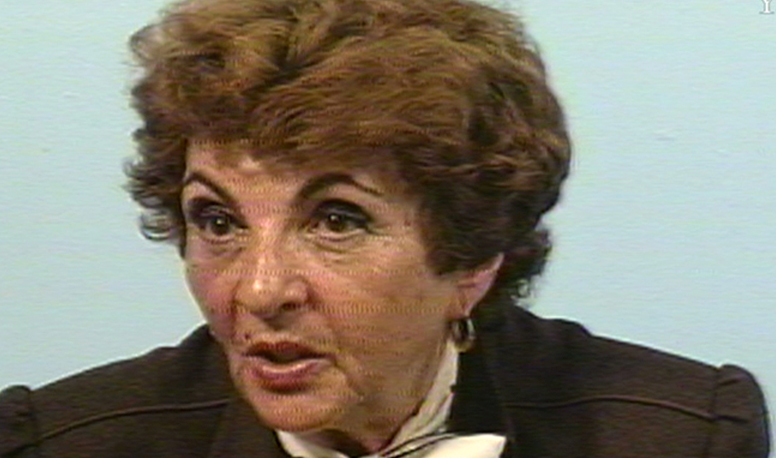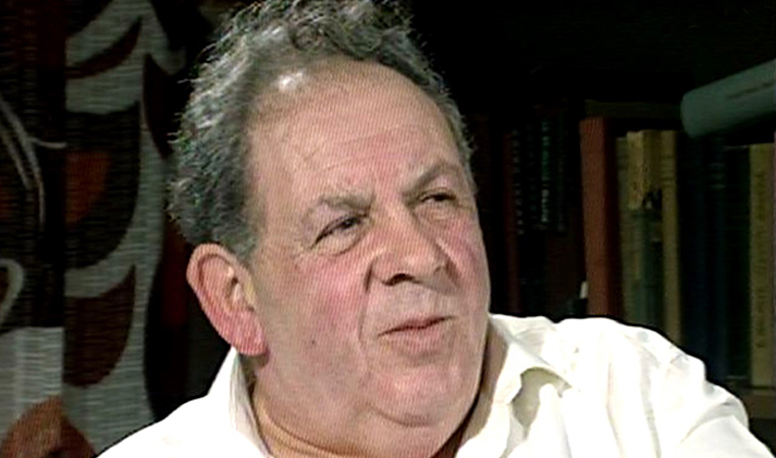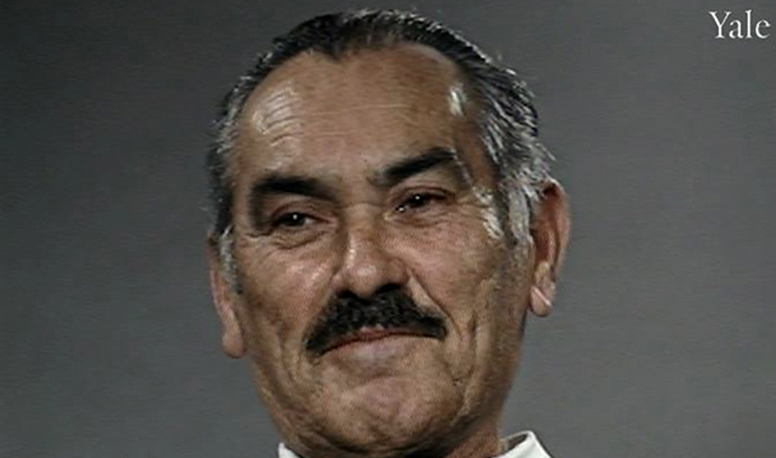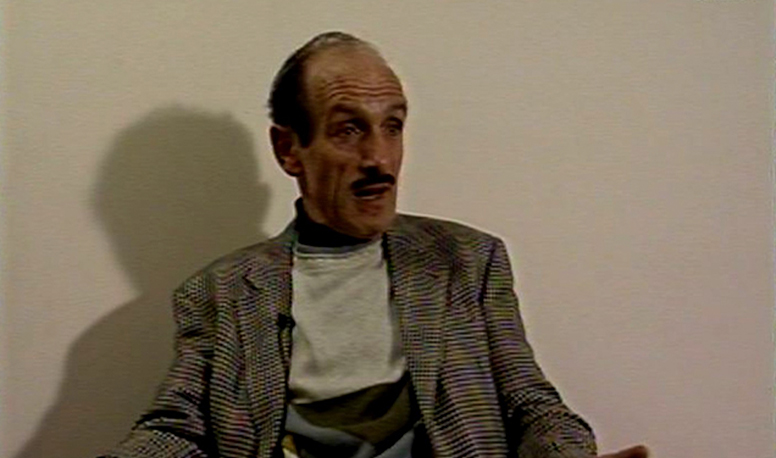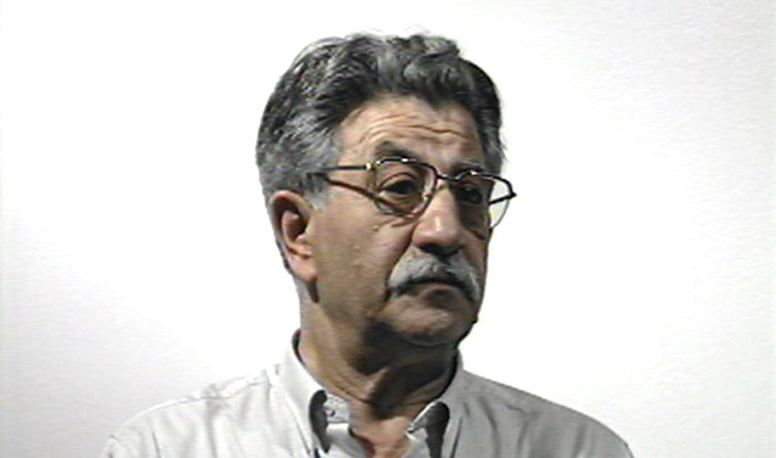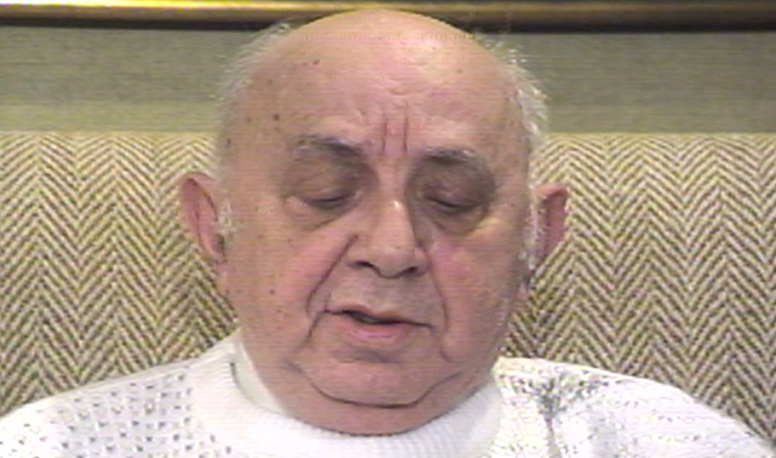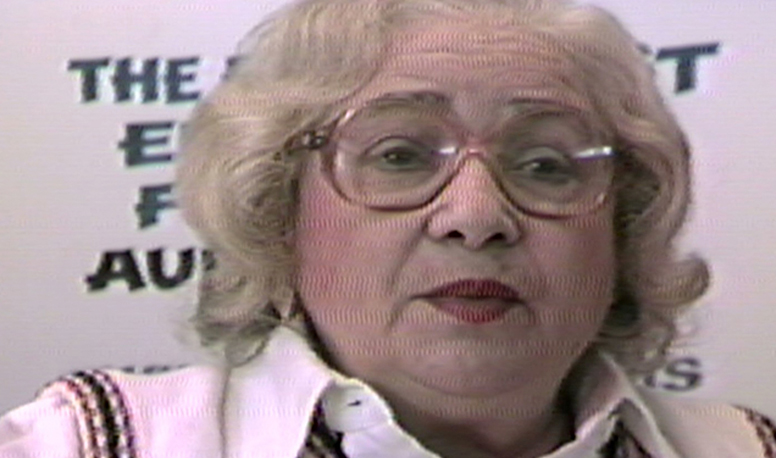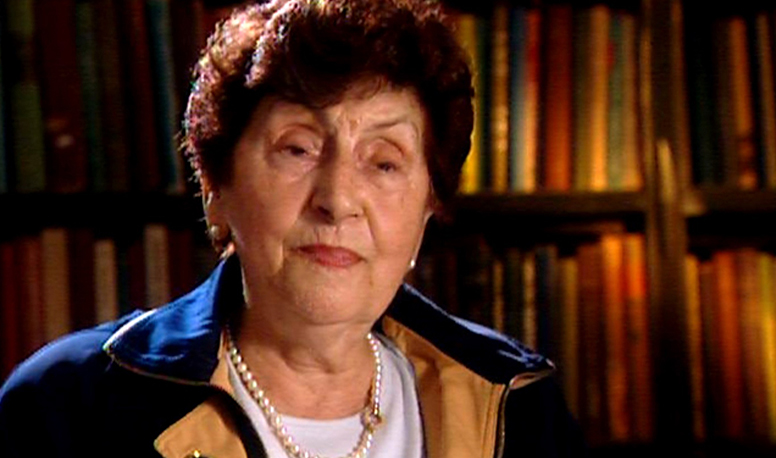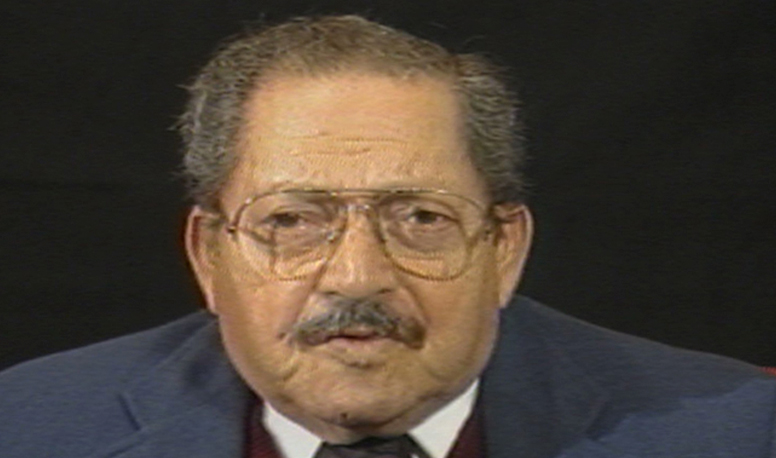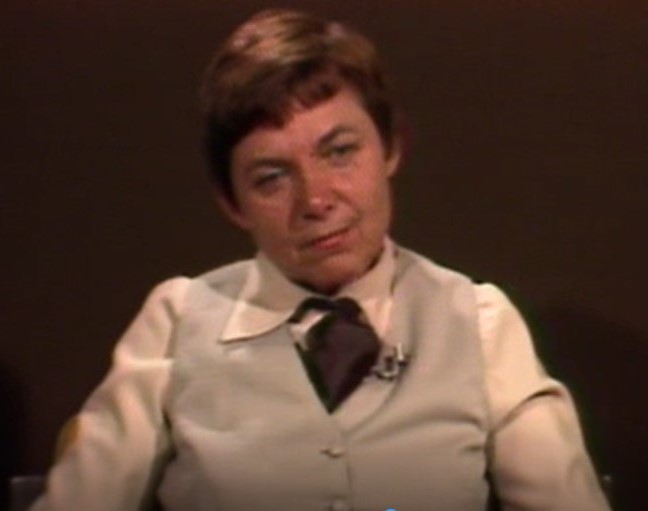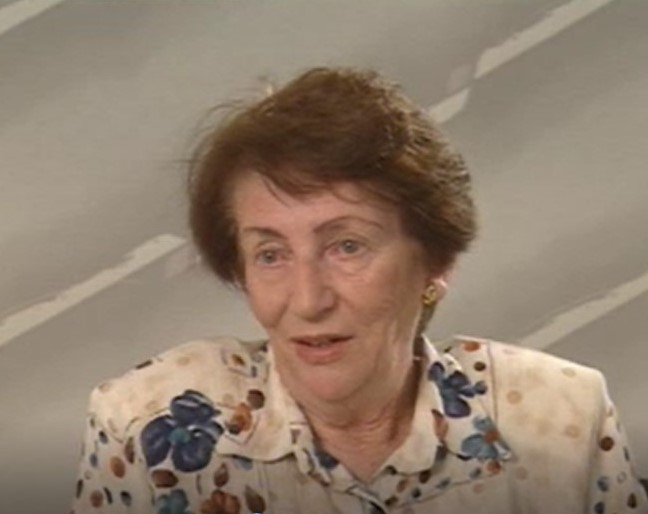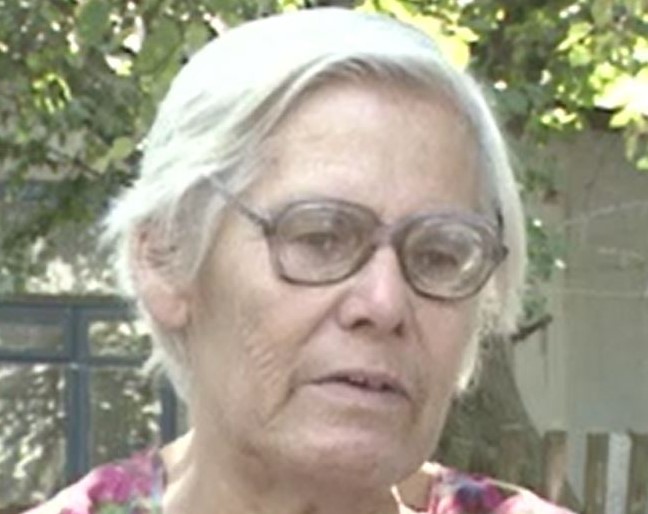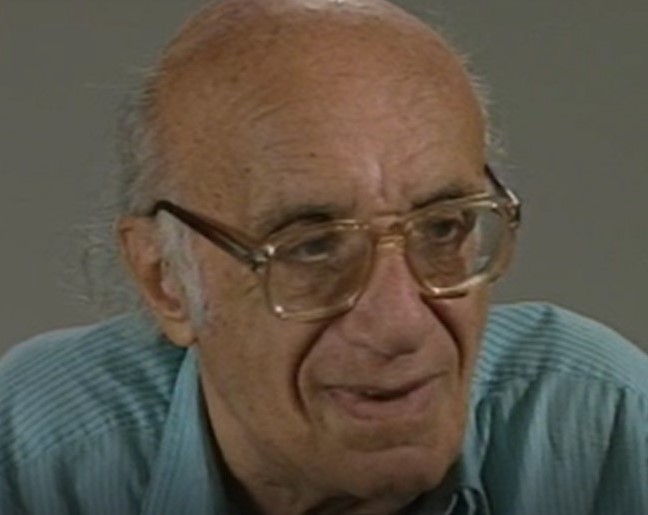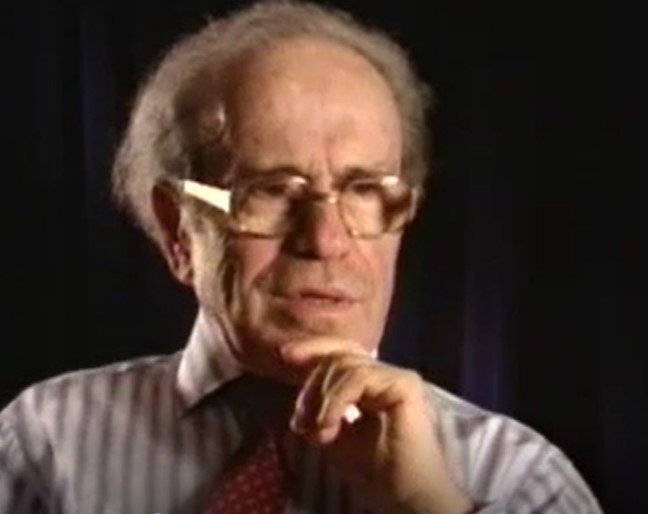Songs From Testimonies
Shotn/Shadows, Songs from Testimonies, Volume 3, by Zisl Slepovitch Ensemble & Sasha Lurje available now on Bandcamp and Spotify.
The Songs From Testimonies project is a musical research and performance based on poems and songs in the interviews with Holocaust survivors recorded at Yale’s Fortunoff Video Archive for Holocaust Testimonies. The Fortunoff Archive’s collection consists of more than 4,300 video testimonies of Holocaust survivors and witnesses. Consisting of more than 12,000 hours of video material, the testimonies were recorded in more than a dozen different countries and in more than 20 different languages. There are more than 100 testimonies in the collection in which survivors recount poetry or sing musical compositions from the prewar, wartime and postwar periods.
The Fortunoff Archive asked musician-in-residence, Zisl Slepovitch, to locate these songs, conduct research about the origins of each song, and then arrange and record versions with his ensemble, featuring Sasha Lurje.
The songs and poems included on the forthcoming third volume, Shotn/Shadows, were sung or recounted in a number of testimonies and reflect the richness of Holocaust video testimonies as a unique form of documentation. Originally, these songs were sung individually and collectively, but in survivors’ testimonies they are recounted or performed by individuals. They thus remind us that the survivor singing them represents all those who did not survive to sing again, and remind us of the absence of the original audience.
-Stephen Naron, Director, Fortunoff Video Archive
Shotns/Shadows, Songs from Testimonies, Volume 3By D. Zisl Slepovitch
Shotns/Shadows, Songs from Testimonies (2024) is the latest volume in the Fortunoff Video Archive’s Songs from Testimonies project. Over the past four years, the Fortunoff Archive has worked closely with D. Zisl Slepovitch, a Belarusian-born and New York based composer, multi-instrumentalist, ethnomusicologist, and Yiddish educator to document the songs recounted in the Archive’s collection. As the Archive’s first musician-in-residence, Zisl located songs and conducted research about their origins. He then arranged and recorded versions with his ensemble, featuring renowned singer Sasha Lurje. Sasha, a Latvian-born Yiddish singer, specializes in performing and teaching old Yiddish singing styles.
Cry, My Heart, Cry! Songs from Testimonies, Volume 2By D. Zisl Slepovitch
Singing Songs of Dark Days
The sufferings of Jews under the Nazi regime were reflected in their music and musical life. Music offered women and men interned in ghettos and camps a way to express their humanity in inhuman conditions, to escape, revolt and cry for freedom. The act of singing is a human act of artistic performance that creates another world for the singer and the audience. The 13 songs selected here were recalled by survivors telling their stories and singing – words and music – probably for the first time since their liberation. These songs describe and witness places, ghettos, camps, deportations, slave labor and other harsh circumstances the survivors had to struggle with. When these songs are sung – both now and then – they create moments of relief and comfort for the singers and their listeners.
In addition to private occasions on which Jews played music, sang and even danced, music was performed publicly in some ghettos. Street singers performed in Łódź, Warsaw, and Kraków. Professional musical performance was censored and controlled by the authorities, but theater revue shows took place and concerts of classical music were performed in several ghettos. In Warsaw, Adam Furmanski (1883-1943) organized small orchestras in cafés and soup kitchens. A symphonic orchestra played in the ghetto until April 1942, when the Nazi authorities closed it down for performing works by German composers. In Łódź, the head of the Jewish Council, Chayim Rumkowski, oversaw musical activities. The culture center was especially adapted for musical and theatrical performances by a revue theater, a symphony orchestra, and the Zamir choral society. In the Kraków ghetto, chamber and liturgical musical selections were performed. The Vilna ghetto had an extensive program of musical activities, with a symphony orchestra, several choirs, and a conservatory with 100 students. A revue theater presented many popular songs about ghetto life.
Most of the music scores and songs did not survive. But as soon as the war ended, songs were collected, transcribed and published. A few recordings of Yiddish songs were made during the 1940s – by Shmerke Kaczerginski in 1946 in Europe and by Ben Stonehill in 1948 in America. The musicologist Ruth Rubin recorded Holocaust survivors in Canada and America in the early 1950s. The recordings are kept in several archives, but most of these songs were neither performed nor recorded again. In the early 1980s, I began to record survivors of the Holocaust singing Yiddish songs in Israel and America. However, many songs were forgotten, as most of the survivors – even when recalling songs in their diaries or memories – recall the lyrics but not the music. Therefore, the oral history testimonies in the Fortunoff Video Archive for Holocaust Testimonies provides a great source for additional songs to be discovered, studied and performed.
For this album 13 songs were selected for a new musical arrangement and performance. The songs were sung by survivors in three languages: Yiddish, Polish and French. The singers sang the songs during their interview with a smile on their face. Some of the songs are humorous, some realistic, and some are pre-war songs that received new meanings as a few songs are parodies (contrafact) i.e., new lyrics to known melodies are created to express the circumstances and emotions of that time.
The lyrics commented on reality while the music – the melodies – was taken from pre-war Yiddish folk songs, Yiddish popular songs, Polish traditional songs and French folk songs – familiar melodies that provided comfort and hope. Several songs in this CD are sung to a tango or a waltz rhythm, both of which were popular in the interwar period. A few melodies recall Jewish synagogue and klezmer tunes, while others are taken from the non-Jewish repertoire, as music has no borders and Ashkenazi Jews were often multilingual and multicultural. Which can be heard in these songs.
The act of singing in ghettos and camps was an act of creation. It was an assertion of freedom as well as of life and of community. The ghetto and camp songs in this CD symbolize survival – life and not death. Even when the song-text expresses despair and fear of death, the melody elevates the text to another world, another time, and brings hope. The songs and their singing in ghettos and camps tell the story of the spiritual resistance of the survivors and the victims – of a human community during an inhuman period.
-Dr. Gila Flam, Director, Music Department and Sound Archives of the National Library of Israel
Launch full Album in AviaryThe Songs By Testimony
The Performers
Where is our Homeland? Songs from Testimonies in the Fortunoff Video ArchiveBy D. Zisl Slepovitch
The songs presented on this album provide a series of insights into the Holocaust survivors’ experiences both during World War II and in the period preceding the war, which were documented by the Fortunoff Video Archive for Holocaust Testimonies at Yale University. The widely diverse compositions presented on the album form a timeline that helps recreate a multidimensional image of people’s lives and the multiple identities they carried — as Jews by faith and roots, and as European citizens — Poles, Germans, Russians– by culture. These identities were shaped during the vibrant and dynamic interwar period, which is represented by several songs on this album. The core of this collection, however, conveys the ways people managed to survive during the Holocaust, not in the least thanks to the support they gained through the songs they wrote and sang in the ghettos and concentration camps all across Central and Eastern Europe.
Launch full Album in AviaryVideo Series



